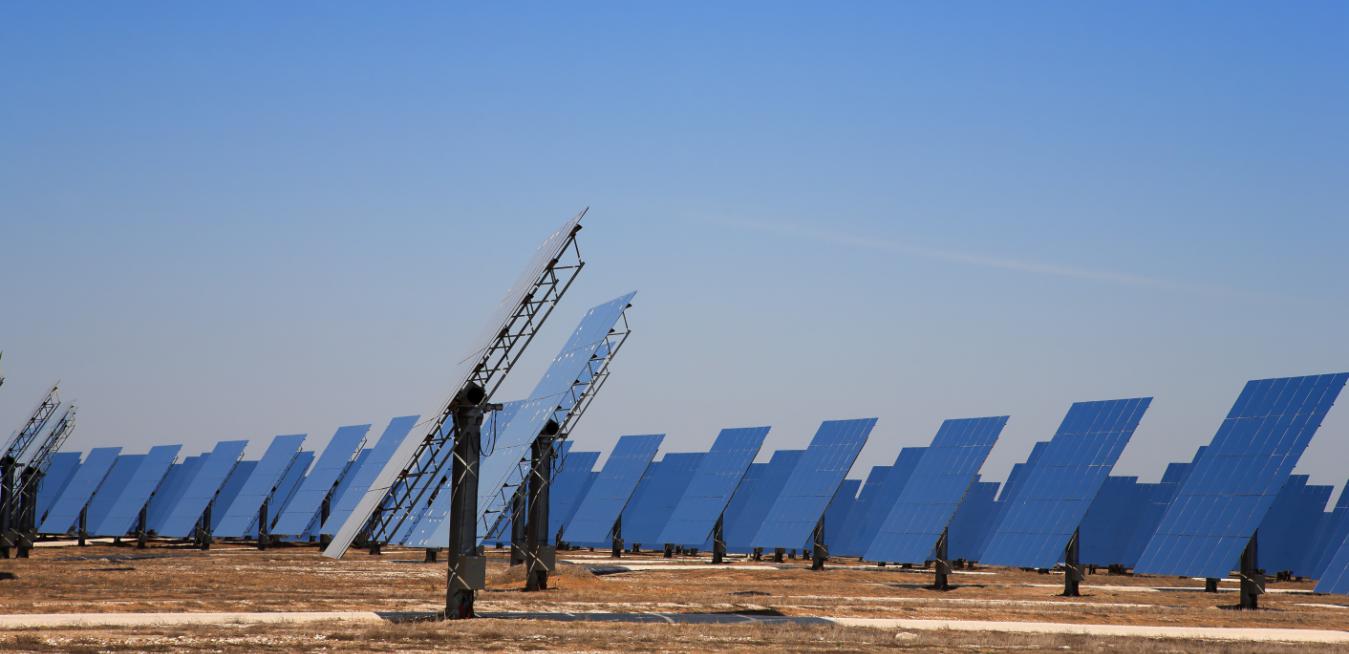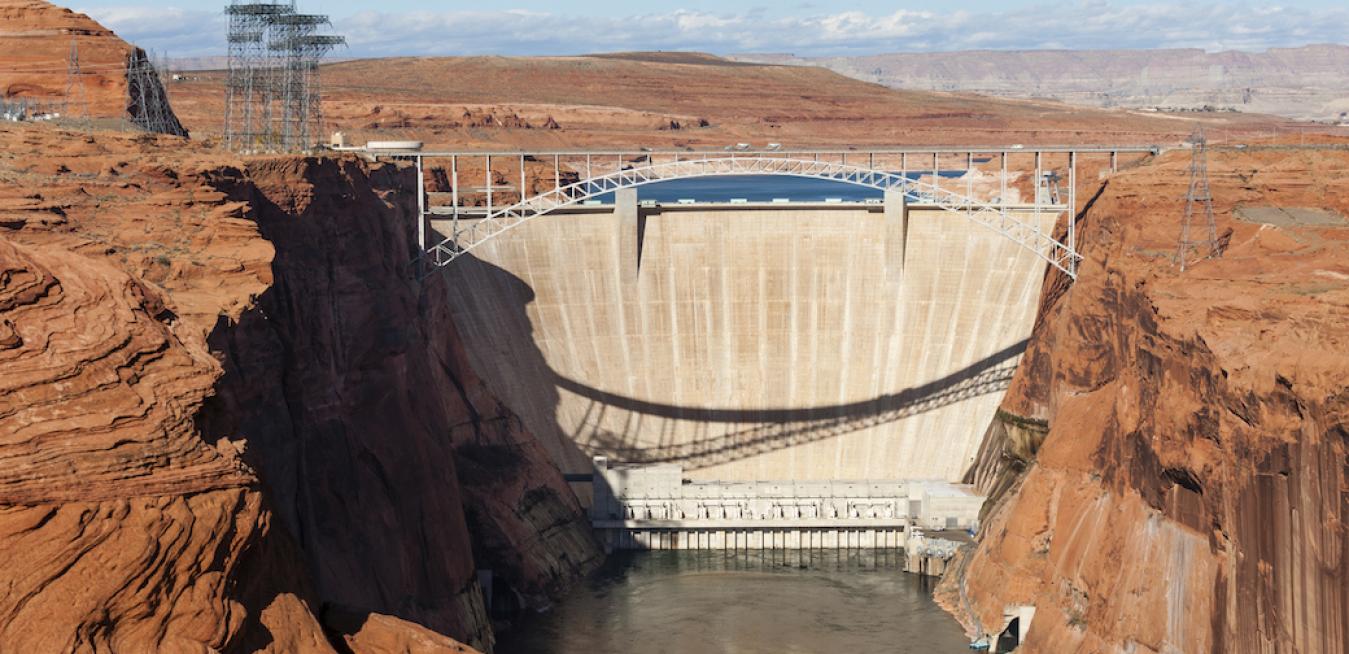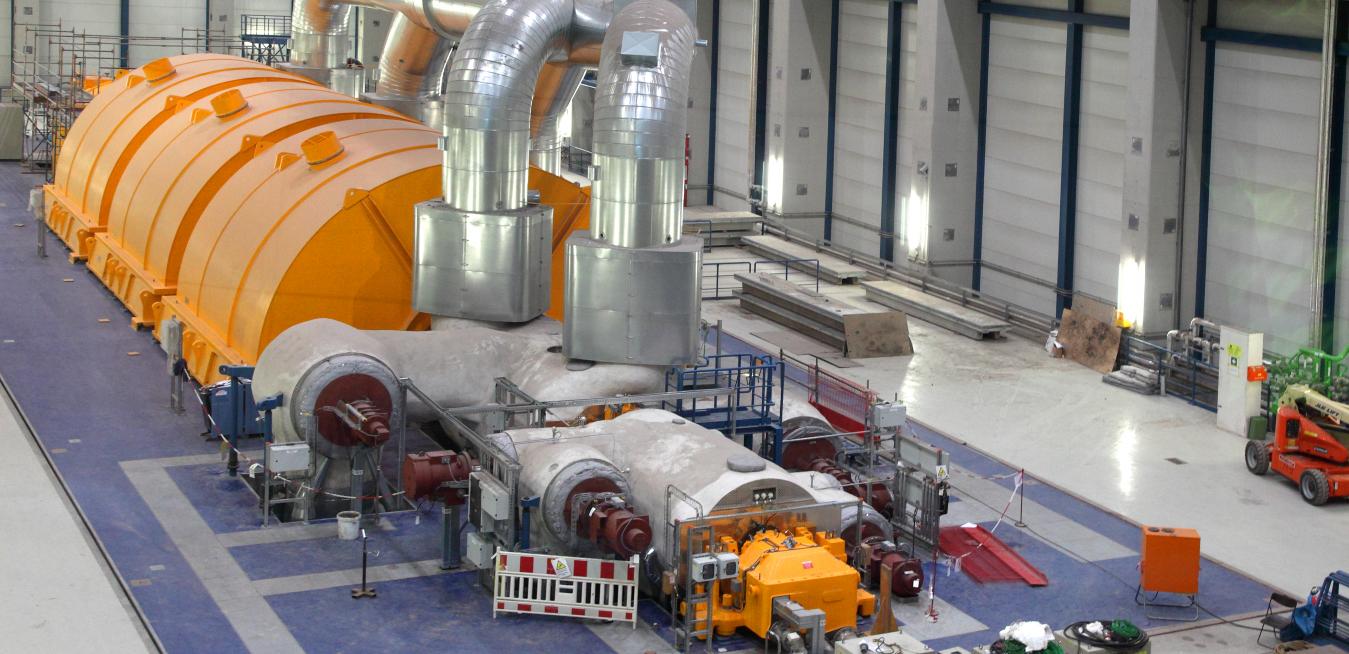The introduction of big data analytics has helped the industry improve on its efficiencies, facilitating industry players to reduce downtime and optimise resources. General Electric (GE), for example, has presented various digital industrial solutions.
Following the climate breakthrough in Paris, there’s reason to be more optimistic about curbing emissions. Renewables can play a key role in that effort.
The water-energy nexus presents a growing challenge for many parts of the world. We need collaboration among the public and private sector to come up with creative solutions to resource scarcity.
Data can help channel private-sector investment and incentivize reforms, creating a positive cycle for development.
A small American energy company is looking to expand into the developing world. It has limited resources to scope out the relative risk of foreign markets, so it relies in part on a trove of indices gathered by the international community. In the emerging and developing markets of the 21st century, that kind of easily available data can help drive critical foreign investment decisions.
By embracing the 4th Industrial Revolution, we transform the electric grid and we can improve access to affordable, reliable power.
We are at the start of a power revolution. The coming year presents a number of opportunities to take action to improve global access to electricity.
The world has made great progress over the past several decades. Primary education is becoming almost universal in many regions, child mortality rates have fallen globally, and life expectancy has risen in most countries. To maintain this momentum we need a sustained commitment to invest in infrastructure that provides people access to healthcare, water and most crucially, electricity.
From advances in renewables to data-driven efficiencies and empowered consumers, 2016 offers the opportunity to shape the future of energy.
In my view, 2016 will prove to be a watershed year when it comes to sustainable energy. Years from now, we'll look back and realize that a variety of technological, design and demographic trends drove the power sector forward, accelerated by one key event — the Paris climate accord.














